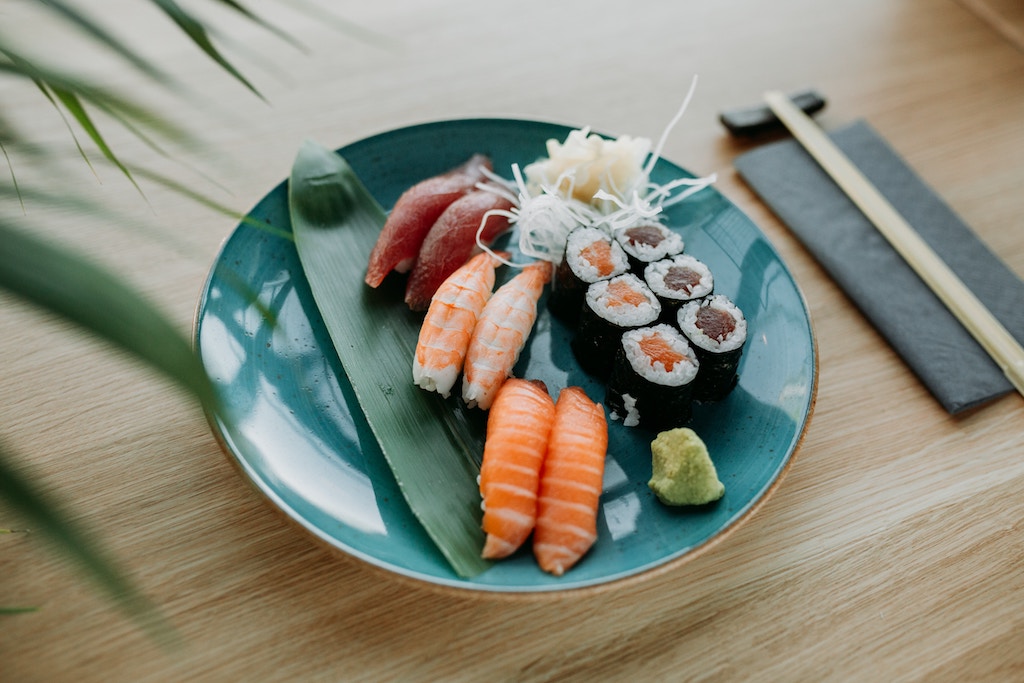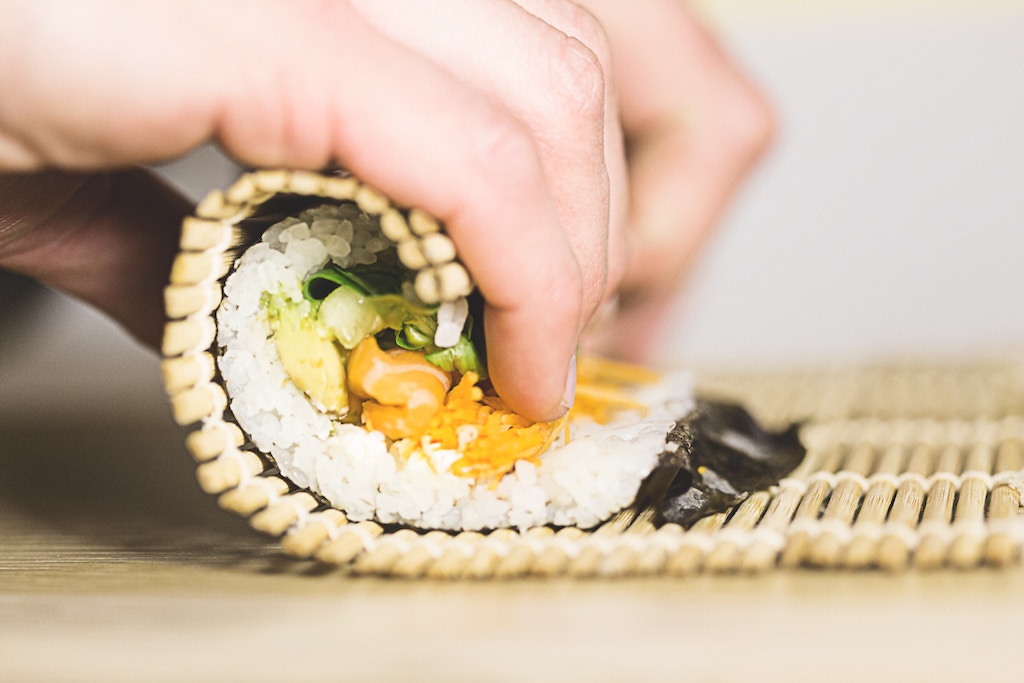One of the dishes that best represents Japanese cuisine is sushi. Made with prepared vinegared rice, and accompanied by seafood, vegetables, or fruits, the dish has evolved to reflect new sensibilities and can now be enjoyed in restaurants across the world.
But aside from encouraging diversity and appreciation of cultures, sushi also affects our body in different ways. With this in mind, we’ve wrapped up all the ways that sushi can benefit (or harm) our health how we can use that knowledge to help us eat better.
What are the benefits of eating sushi?
The health benefits of sushi come from its ingredients. One of the key ingredients in sushi is fish like tuna and salmon, which boast high amounts of omega-3 fatty acids. A study by the American Heart Association shows that omega-3 is linked to lowered risks of stroke and cardiovascular issues such as clogged arteries; it’s even believed to lower blood pressure.

Another ingredient that contributes to sushi’s health benefits is seaweed. According to the Journal of Food and Drug Analysis, seaweed is a prominent source of iodine, which helps with thyroid function and health, and vitamin A, which works as an antioxidant to fight cell damage.
Even the wasabi served alongside sushi offers a number of benefits. Wasabi paste is rich in beta carotene, isothiocyanates, and glucosinolates, which are compounds that have antibacterial and anti-inflammatory properties.
When is sushi unhealthy?
Although the ingredients in sushi offer various health benefits, eating too much can pose various health risks. For one, they carry a lot of calories despite the fact that it’s rolled up into small portions. Spokesperson and dietitian for the Academy of Nutrition and Dietetics Isabel Maples notes that a single sushi roll can contain up to 500 calories.

Another health risk associated with eating too much sushi is the mercury content in fish that are commonly used such as bigeye or skipjack tuna, mackerel, yellowtail, and sea bass. Research by the World Health Organization shows that high exposure to mercury is linked to high blood pressure, and an increased risk of heart attacks.
How do you make sushi healthy?
Knowing how sushi can help or harm your body will allow you to reap its benefits. One way you can make your sushi healthier is by choosing variants made with low mercury fish such as salmon, shrimp, crab, or trout.

To better maximize sushi’s health benefits, eat your sushi roll with miso soup, edamame beans, wakame salad, or sashimi. While you’re at it, avoid sushi that is mayonnaise-heavy or deep-fried, and dipping your sushi in soy sauce.
Header photo by Youjeen Cho on Unsplash
Get more stories like this by subscribing to our weekly newsletter here.
Read more:
5 seemingly healthy foods that aren’t actually healthy
Know your sushi: The difference between nigiri, maki, and rolls
What is that plastic grass in sushi for anyway?
Writer: ANGELA PATRICIA SUACILLO




